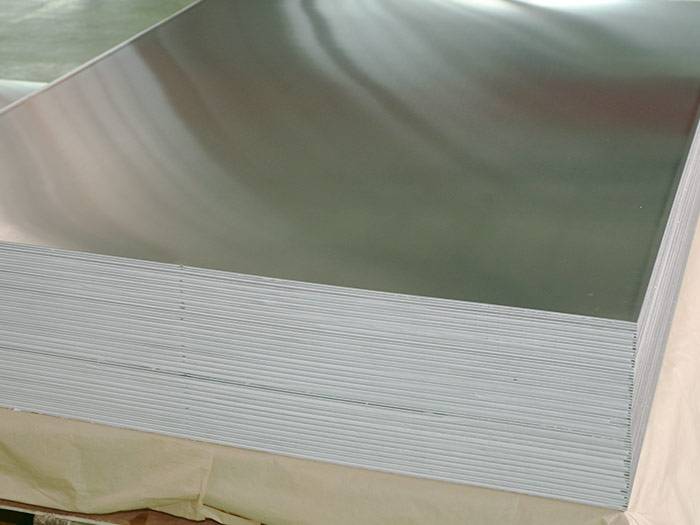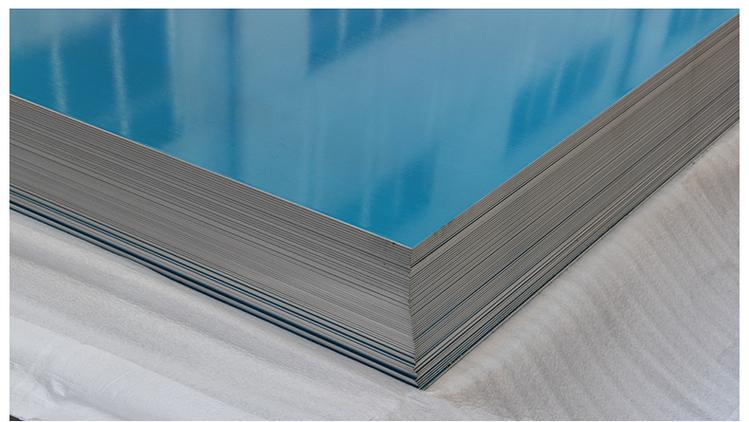Do you really know 5005 aluminum alloy?
5005 Aluminum alloy nominally contains 0.8% magnesium. It has medium strength, good weldability and good resistance to marine atmospheric corrosion. It also has the low density and excellent thermal conductivity common to all aluminum alloys. It is the most commonly used grade of aluminium in sheet and sheet form.It is one of the most widely used aluminum alloys.
5005 Aluminum alloy is a kind of aluminum poor magnesium alloy, which can be hardened by cold work. It cannot be heat treated to achieve higher strength.
Climb Alu. Plates, sheets and strips of this alloy are available. For normal blank sizes and tempering rates, see the Australian Wright Metal Catalog.

Corrosion resistance of 5005 aluminum alloy
Corrosion resistance 5005 has the same high general corrosion resistance as other non heat treatable aluminum alloys. It also has the higher resistance to weak alkaline conditions common to 5000 series Aluminium alloys. The atmospheric corrosion resistance of 5005 is similar to that of 3003 aluminium alloy.
When anodizing to improve corrosion resistance, the film on 5005 is more transparent than that on 3003, and better matches the color of 6063 building profiles. The corrosion resistance of aluminum alloy depends on the surface protective oxide film. When the oxide film is damaged, it can be repaired by the rapid reaction between aluminum and oxygen. However, if the film cannot be repaired, the high reactivity of base metals will corrode rapidly, so aluminum alloys are not suitable for use with reducing media.
Since aluminum is an active metal, it may corrode more quickly when in electrical contact with most other metals. The prediction of galvanic corrosion is very complicated, please consult Climb Alu. for specific suggestions.

Application of aluminum alloy 5005
Typical applications of aluminum alloy 5005 include:
- Building Applications
- General sheet metal work
- High strength foil
The advantages of 5005 aluminum alloy go beyond these. So do you really know 5005 aluminum alloy?
